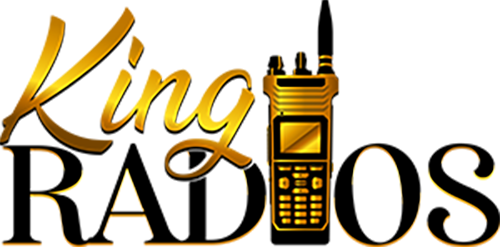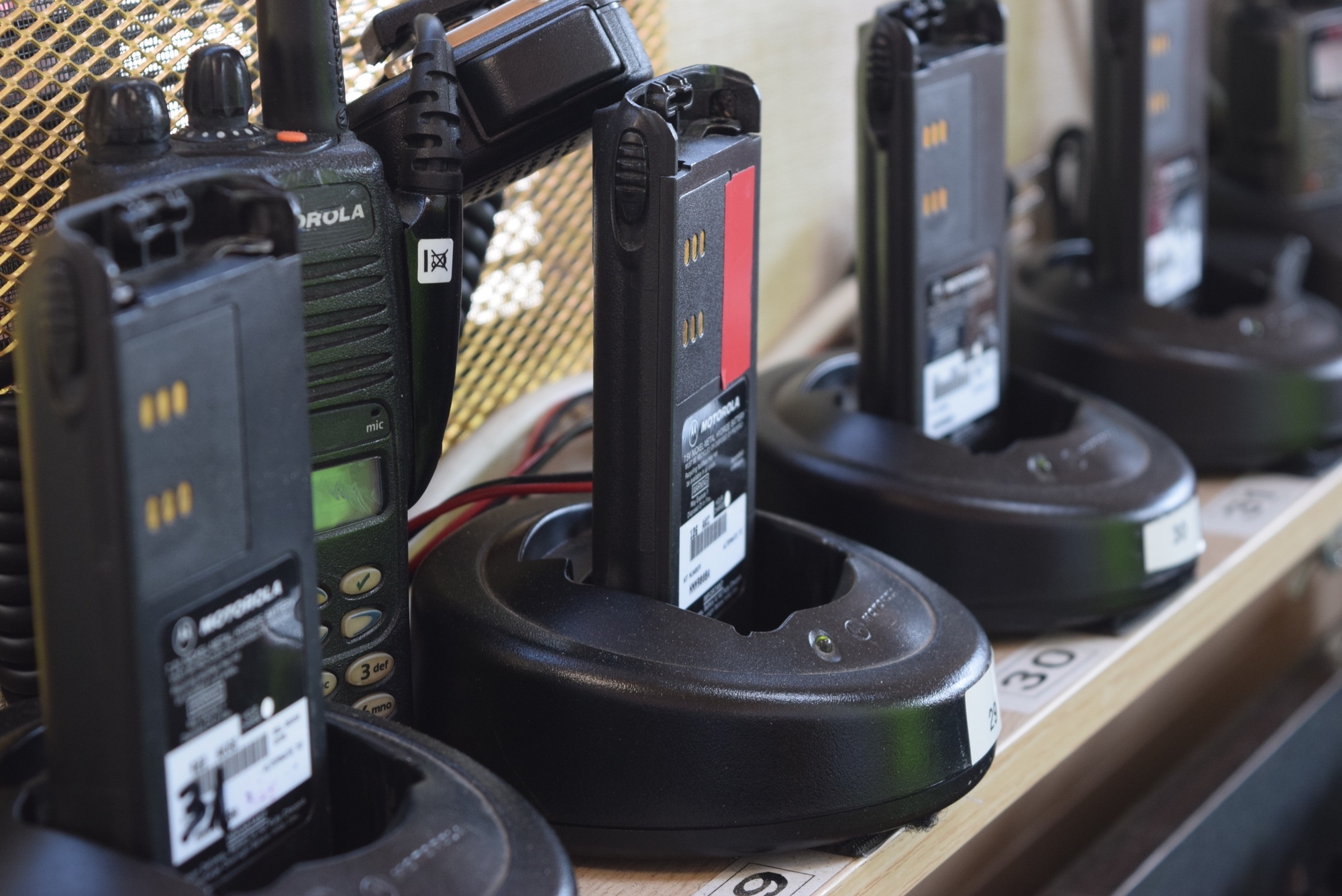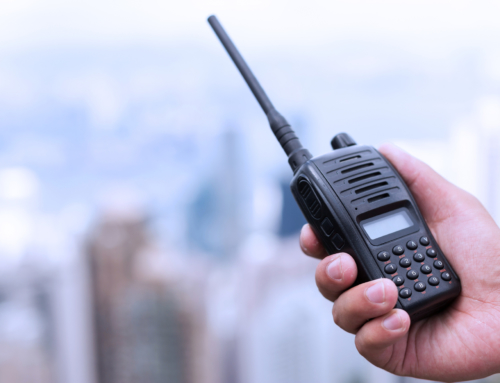In a world ruled by mobile devices, it’s amazing to think that two-way radios have stood the test of time more than 80 years since they were invented. They remain a necessary piece of equipment for first responders, security personnel, warehouse supervisors, and others.
And if your job requires that you use one, it’s important to keep in mind that you cannot use a walkie talkie like you would a smartphone. Because you’re unable to talk and hear another party speaking to you at the same time, using one requires knowing two-way radio etiquette for clear communication.
Here are ten key tips to using a two-way radio so you’ll always present yourself professionally and ensure good communication with your colleagues.
1. Learn The Lingo
Perhaps the most important tip to know about two-way radio communication is that certain words and phrases should be used when greeting, speaking to, and saying goodbye to another party. That’s because some words used in everyday speech don’t always transmit clearly over two-way radio waves. Using two-way radio lingo is like speaking in a secret code.
Here are some of the most common walkie talkie codes to use and their meanings:
- Affirmative: Yes
- Negative: No
- Roger or Roger That: this means the message was heard and understood
- Stand By: Please wait
- Over: I have finished speaking; often used at the end of a sentence to let the other party know they can speak
- Wilco: I will comply/follow instructions
- Copy or Read: usually used in a sentence to confirm your message was heard/understood, as in “Do you copy me?”
- Out: This is said to indicate the conversation is finished (“Over and out.”)
You may have heard some of this lingo yourself while watching a TV show or movie that featured characters using two-way radios. It can take some time to remember lingo, but it will ensure others can comprehend your messages.
2. Pause Before You Speak
It’s a good practice to pause for a second after pressing the PTT (press-to-talk) button on your two-way radio before you actually start to speak. This ensures your first word or two won’t get cut off, which means you’ll have to repeat yourself.
3. Identify Yourself
Walkie talkies don’t always have caller ID and are meant to be picked up and used by anyone, so it’s good etiquette to identify yourself when you start your conversation. You also want to address the person you’re speaking to before you state your name.
Some industries that use two-way radios give each person a unique call sign. Be sure to address others by their proper call sign if it applies to your workplace.
4. Keep Your Communication Short and Concise
Avoid speaking for a long period of time when you’re using a two-way radio. They were designed to deliver short bursts of communication to solve a problem or get a job done quickly.
If you have to deliver a lot of instructions or have many points to cover, use the word “break” after you’ve spoken one point and release the button. This allows the other party to speak if they have to before you move onto covering the next point.
5. Memorize The NATO Phonetic Alphabet
When you need to spell out something over a walkie talkie, don’t use letters as many of them sound alike. Spell them out using what’s known as the NATO (North Atlantic Treaty Organization) phonetic alphabet instead. This system uses a word that corresponds with every letter of the English alphabet so there’s no confusion.
For example, if you need to spell out a license plate that ends with EX, you would state these letters over a two-way radio as “echo, x-ray.”
6. Speak In A Clear, Normal Tone
Try to avoid speaking too fast when using walkie talkies. Speak in a normal tone of voice; quiet speech or shouting may not be heard clearly over the devices. Keep your radio’s microphone about 3-5″ away from your mouth so your voice won’t sound too loud to other radio users.
7. Avoid Interrupting Others
If you hear other people communicating over the two way radios, wait until their conversation is finished. Avoid attempting to cut in unless it’s an emergency. If you have an emergency message to relay, begin by stating “Break break break” before delivering your message.
8. Assume Others Can Hear Your Conversation
When using two-way radios assume that other people within earshot can hear your conversations, and remember that you don’t have exclusive use of the frequency. Unless you know your equipment has the proper level of encryption, avoid transmitting any sensitive or confidential information in your communications.
9. Speak In English
Unless otherwise directed in your workplace, remember that English is the official international language of two-way radio communication. In some instances, you and your colleagues may be licensed to speak in another language.
10. Perform Regular Equipment Checks
All two-way radio users should perform regular equipment checks to make sure their batteries are charged and the radios can transmit messages clearly. You may need to make sure you’re still within range of other parties so radio waves stay transmitted.
Remember These Ten Radio Etiquette Tips
It may take time and a little practice to remember all of these radio etiquette tips. However, once you get the hang of them you’ll feel a lot more confident communicating via two-way radios and you’ll present yourself more professionally in the workplace. Don’t be afraid to ask your supervisor or colleagues questions if you forget the correct lingo or how to properly use a walkie talkie.
King Radios carries a variety of American made two-way radios and equipment used by the U.S. military, Forest Service, National Park Service, and other government agencies. Request a competitive price quote from us today.




Leave A Comment
You must be logged in to post a comment.